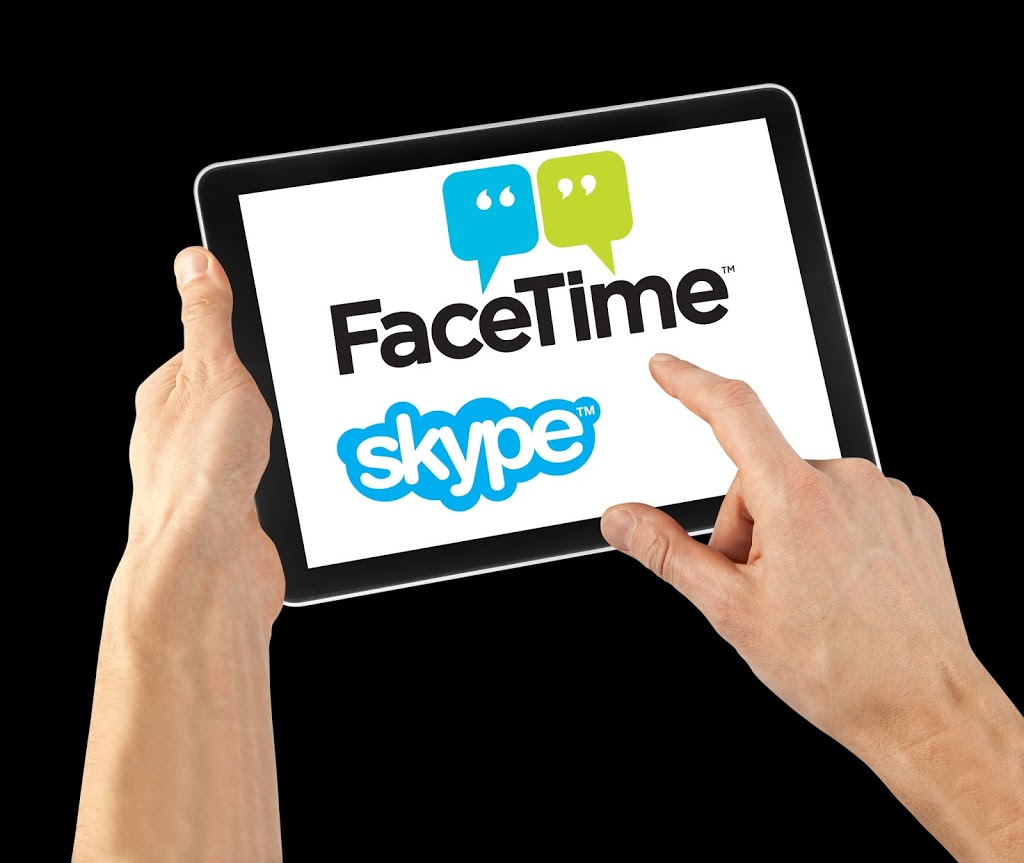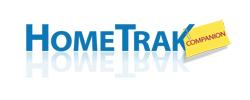by Rick Morey, HomeTrak Software
Technology and healthcare are two of the hottest industries which have found a home within each other. Technology is increasingly a big part of healthcare management, and more recently, senior living. As more and more seniors opt to age in the home, family and professional caregivers are relying on technology to help make seniors’ lives safer and more convenient. According to Forrester Research, U.S. adults 64 and older who bought technology in a recent three-month period spent an average $365 on consumer electronics products and $429 on computer hardware and peripherals. And Forrester points out that Americans 55 to 64 are more active in online finance, shopping and entertainment than those under 55.
What used to be just monitoring devices and medication management reminders has segued into Skype, smart homes and more. Whether your loved one resides in a community setting, such as assisted living or independent living, or in their own home, there are new technologies entering the market that can improve your loved one’s safety, mobility and independence. What’s hot for 2013? Here are a few to keep an eye on:
1. Computers – Staying connected to family and friends becomes increasingly difficult as we age. One of the scariest and most troubling parts of aging is the isolation that seniors often feel from their family and communities. Technology has become an ideal way to eliminate much of the isolation through the many communication products. However, while many seniors want to embrace technology, its rapid pace and foreign concept can be daunting.
- Pointer Ware, www.pointerware.com, has an approach that softens technology. It simplifies the common user experiences such as email, photo viewing, video chatting and web browsing.
- While we are on the subject of computers, there is an entire computer created just for seniors dubbed the Telikin computer for seniors. Telikin touts itself as the ‘world’s easiest computer to use and includes a screen, hard drive, software all in one.
2. Video Chat – Within the realm of tablets, smart
phones and computers the video chat has rapidly become one of the senior set’s favorite technology trends. Connecting with family and having interaction is highly appealing. What is also great is for family to be able to see how the senior in their life is doing. For long distance caregiving situations, video chatting is a wonderful assessment tool. If the senior in your life already has a computer, consider getting them a web camera for free applications like Skype or Apple’s FaceTime.
3. Kitchen Safety – While not the most high-tech of issues, kitchen safety is a big deal for seniors. With mild dementia, or mobility issues, kitchen fire risk can skyrocket. The Safe-T-element cooking system is a set of cover plates that are installed over each burner. The electronically controlled plate limits the temperature of the burner to 662 degrees, below the ignition point of oil and other cooking materials at 700 degrees. This eliminates much of the risk of fire, especially if food is left unattended.
4. Telephones – iPhones and Androids are popular, but what do seniors want and what will they use? There are many available which have capabilities dependent on the particular issue the senior might have. Grandstream offers the hybrid touch screen and phone in several of their models. For those hard of hearing, Hamilton CapTel has captioned telephones with free captioning services.
As mentioned earlier, one of the biggest fears for a senior is becoming isolated and disengaged from friends and family. When there is something that brings together both technology and family, it is definitely worth a mention. The program called “Grandparents Gone Wired” is a technology campaign encouraging kids to teach seniors how to use technology and social media, allowing them to get online and connect with the (sometimes-younger) people in their lives. The kids are eligible to win prizes including iTunes gift cards, an iPad and a series of $500 scholarships from DoSomething.
Along with the services provided by people, gadgets make it ever easier for the elderly to stay at home. We have to make mention of some of the oldies but goodies. Not new on the technology scene, they will still have an increase in usage as more and more seniors choose to stay in the home. One common gadget is a wearable alert device that seniors can use to summon help and that can send a message when an accelerometer senses a fall. Dubbed PERS (Personal Emergency Response Systems), offers Mobile (Mobile Help and Active Care) and traditional PERS (Lifesation.com) and with fall detection from Philips.
Motion sensors, like PERS are not new to the technology scene, but continue to develop with new features like QuietCare, which can learn a senior’s daily living patterns and send alerts when out-of-the-ordinary events occur. A new high-tech box can measure a senior’s vital signs like weight or blood pressure and send details to a nurse for evaluation. For those looking for monitoring solutions, GrandCare’s HomeBase and Care Innovations Connect link in telehealth devices to monitor well being of individuals with chronic disease.
If innovators have their way, robots may soon be on the scene like the one being developed at Carnegie Mellon named Pearl the Nursebot. Other technologies close to mass production include medicine cabinets with facial recognition technology built into the mirror and computer games which can assess cognitive abilities in its players. 2013 and senior technology will see a huge leap in growth.
About the author
Rick Morey has been in the home care industry since 1993. He owned and sold a large home care company in California and Arizona which had annual sales of $6,000,000. Soon thereafter he began HomeTrak, a scheduling &business management software platform for the private duty home care industry. Rick is a charter member of the National Private Duty Association. For more information about Rick, please visit www.HomeTrak.com, www.facebook.com/hometrak or on Twitter@HomeTrak.





